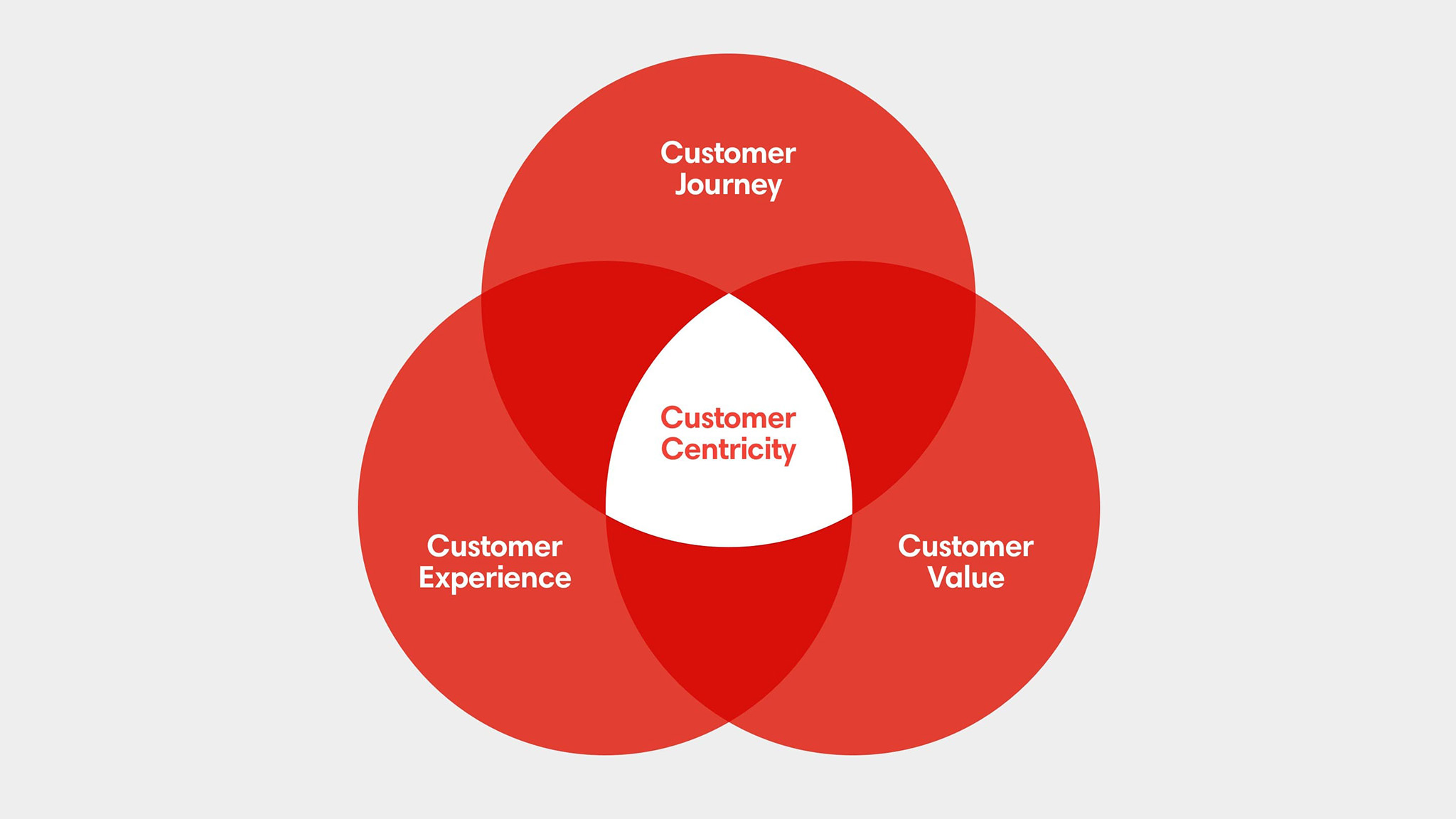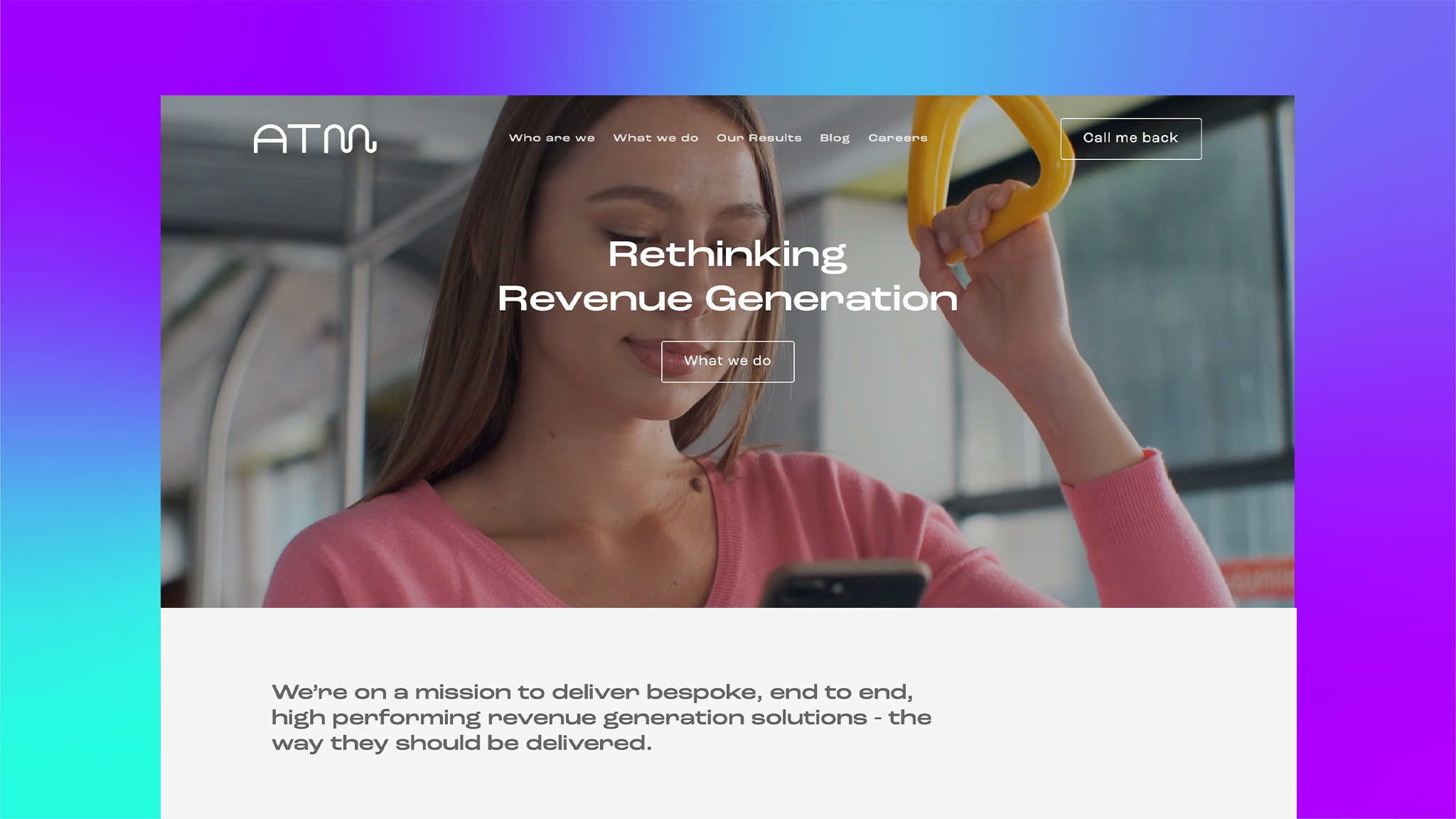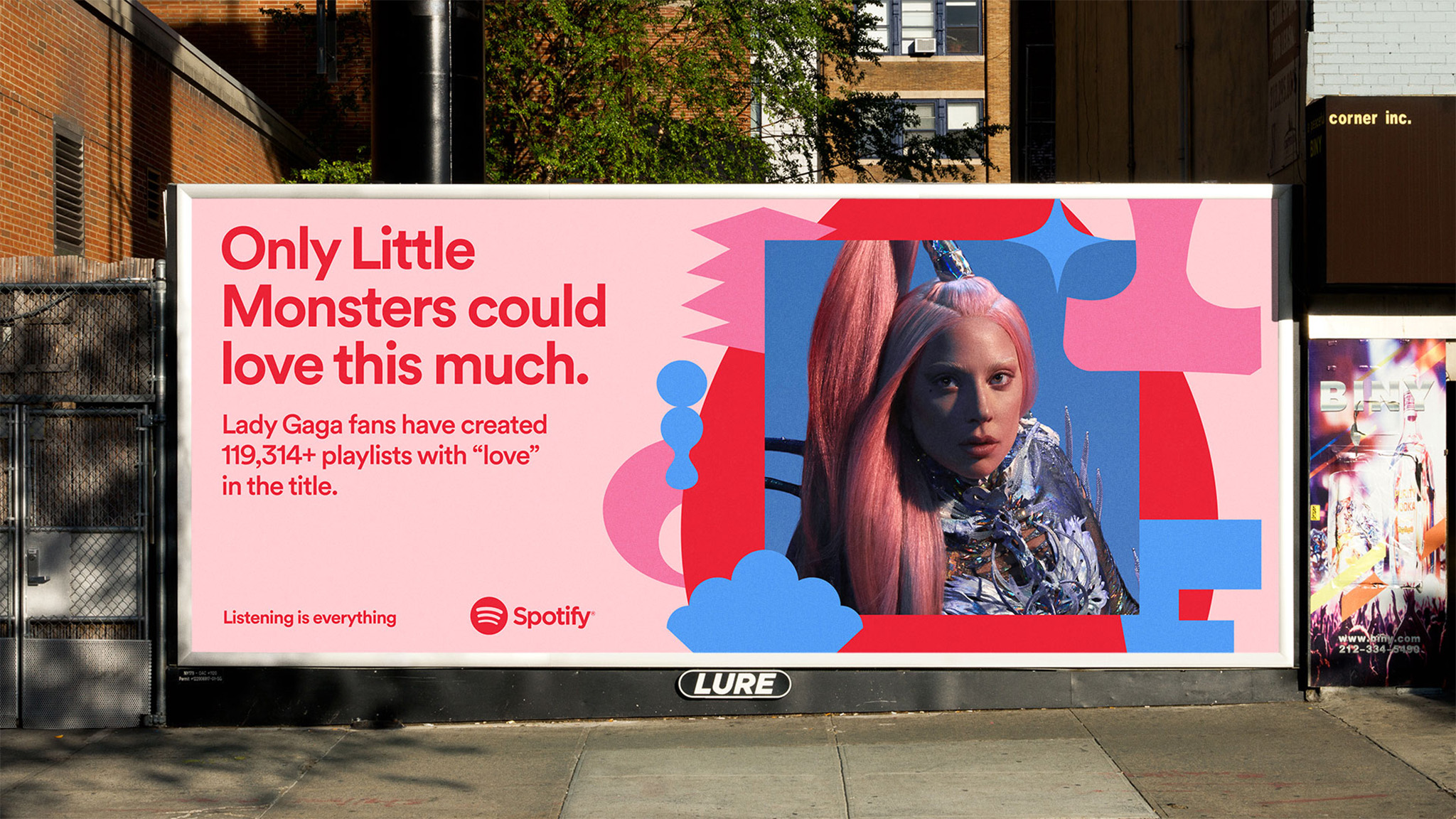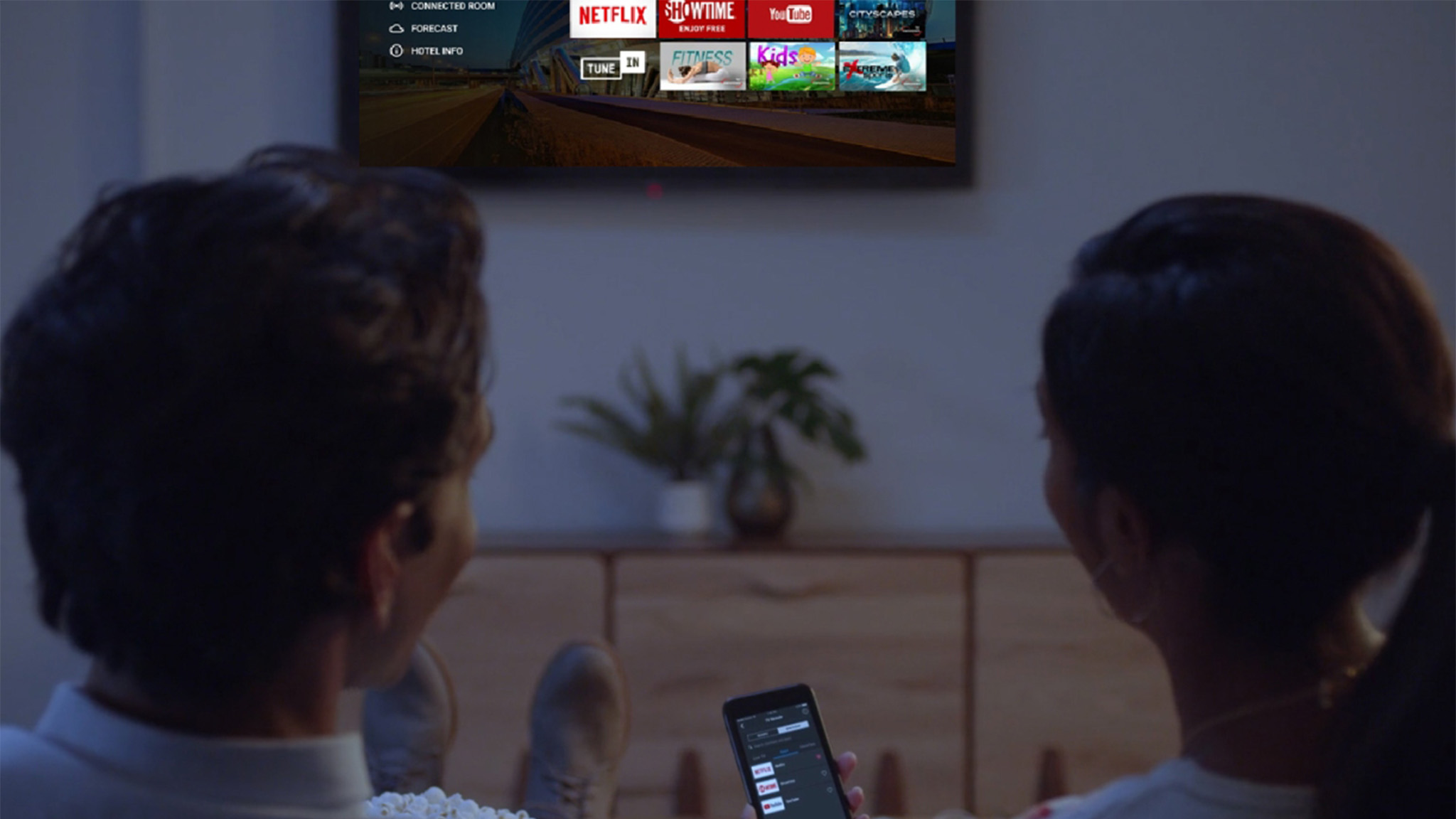What is customer-centric marketing?
As a marketing approach, customer-centric marketing is crucial as, you’ve probably guessed, it’s all about the customer. It’s important to focus on the needs and wants of the customers, what they look for in relation to your brand, and applying customer data. This will help you gain insight into factors such as buying behaviour, engagement and interests, which make all the difference in how your brand is perceived and how it grows.
The customer point of view
As a business, you understand what you want to do, how you want to be seen, and, of course, what you have to sell…. but does your customer know? One way to figure out if you’re understood from a customer perspective is to think of it from their point of view, ask yourself: “would a prospective customer be able to understand what I do at a glance?”
Take a step back and evaluate everything:
- Is your information clear?
- Have you identified and utilised core messages about your business or brand?
- Will your website help customers understand what you do and what your value proposition is?
The key to getting prospective customers to understand who you are is in the messaging, that, in turn, should come from customer-centric marketing.
The customer experience
With customer-centric marketing you can really tap into what matters most to customers, get creative with your content and understand where to invest your time and money when it comes to your overall marketing plan. This can be done through feedback forms, customer interviews and sales funnels. Trust us, once you establish meaningful connections with customers, you’ll establish loyalty and have customers coming back for more.
Taking customer-centric marketing further
Consider these five simple factors to help ensure your brand creatively and successfully moves to be more customer-centric:
1. An easy to use website
Make sure your website is easy to navigate and safe to use; that it provides relevant and valuable content, and that it offers the seamless online experience that users have come to expect when they browse. There’s plenty of ways to get your core messages across, whether that’s using design elements, clever copy lines or using both – the main thing is there’s no need to over complicate it. You don’t want people to get bored or frustrated and leave your website when they don’t immediately find the answers they’re looking for, so give them what they’re looking for. It’s tempting to use a more complicated or flashy design, but if your users can’t access what they need…they’ll soon move on from your brand.
A great example of an easy to use website is AT Management, a revenue generation company with a difference. From the moment you click onto their website you’re introduced to their clear core values and what they stand for. They haven’t overloaded their website with information, as lets be honest, revenue generation isn’t something everybody is going to understand right off the bat. They’ve made what could be considered quite a technical and intricate topic suitable for customers of all knowledge levels. Their website doesn’t have loads of unnecessary pages, they simply care about delivering the important information to potential customers, from what they do, their results, their blog and a careers page – it’s clean, simple and succinct, the way any good customer-centric website should be.
2. Creative content marketing they want to see
Your marketing strategy must include strong creative ideas as part of your approach to customer-centric marketing. Write interesting blogs, make podcasts and vlogs and make sure whatever you put out to customers and prospects has value. Look at what customers are searching for through keyword research and analytics. There’s nothing worse than boring content that has no purpose – everything you create for your brand should be made with maximum effort and consideration of how it matters and why people would want to see it.
Take IKEA’s ‘Let Play Unwind Your Mind’ campaign, which focuses on the idea of play having a positive impact on adult lives. The campaign is a fun and creative way to help customers turn stress into serenity with IKEA products integrated throughout and various elements of play featuring in-stores to enhance the customer experience further. IKEA’s playful ad is all about promoting how their brand and products help to boost wellbeing, and showcase that life doesn’t have to be so serious sometimes, which is definitely something more people will appreciate seeing.

Blog content should also feel fun, varied and interesting. Blogs are a great way to get an exciting new update across or promote a new product without it feeling salesy. Gemba Solutions are great at utilising their blog space, they share great tips and advice around continuous improvement, bust industry myths and also include fun team spotlight blogs – ensuring that their readers are kept informed and entertained with customer-centric marketing content that matters.
3. Listen to your customers
Listening to your customers is key and should be at the heart of any customer-centric marketing strategy. They want to feel like the brand they know and love cares about them, their opinions, and values them outside of just being a consumer for the brand. It’s vital that you listen to customer feedback across all channels of communication and show that you’re willing to get creative with your content in order to accommodate to your customers’ evolving needs.
Spotify’s 2021 ‘Only You’ campaign showcased how much they’d been listening to their customers. The creative campaign was launched to celebrate odd listening habits, using the in-app experience of the users to make them stand out from the crowd. Users were able to view personal stats around their listening experience and it really enhanced the emotional bond between Spotify and its users.
4. Aim to build trust
As mentioned previously, customer-centric marketing done right strengthens trust and loyalty between customers and your brand. Building long term relationships with your customers is a great marketing strategy that comes by engaging with your audience and amplifying your core message.
Global sportswear brand, Nike, are all about establishing long term relationships with their customers, seen through their loyalty scheme and the product personalisation app NikeID. They reward their customers with benefits, personalised offers and exclusive looks, which in turn, increases the trust customers have for the brand.
5. Connect with customers on multiple channels
A great way to ensure your brand moves towards becoming more customer-centric is by adopting a multi-channel approach. A lot of brands embraced newer support channel options during the pandemic, such as Instagram reels and TikTok, pivoting their customer-centric approach. This also gives you the chance to branch out and be a bit brave with creative content that centralises the customer-centric marketing approach.
The hotel chain, Hilton, enhanced their customers’ experience by seamlessly integrating Netflix into their mobile-centric rooms for people to enjoy on their TVs when staying with them. This created a more personalised travel experience as guests were allowed to stream their favourite TV shows and movies in their home away from home. Their collaboration with Netflix in their connected rooms certainly showcases how brands can work together to provide their customers with an overall better experience.
Customer-centric marketing: The key to success
Creative customer-centric marketing is extremely valuable to boost your brand, increase revenue and achieve brand loyalty. This can be easily achieved when you spend time creating a marketing strategy that works to build your customers trust, listen to your customers with marketing that speaks to them and improve their online experience with your brand.
Are you ready to see how you can benefit from customer-centric marketing? Get in touch with us today and we can help support your brand’s strategy to become more customer-centric and propel your business forward.
Image sources: 1) Nike.com 2) Hilton.com 3) Musebycl.io 4) Themusicnetwork.com 5) Youtube.com 6) Creative.salon



